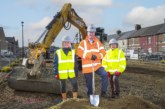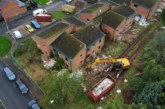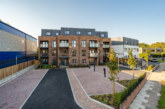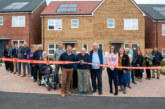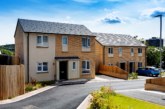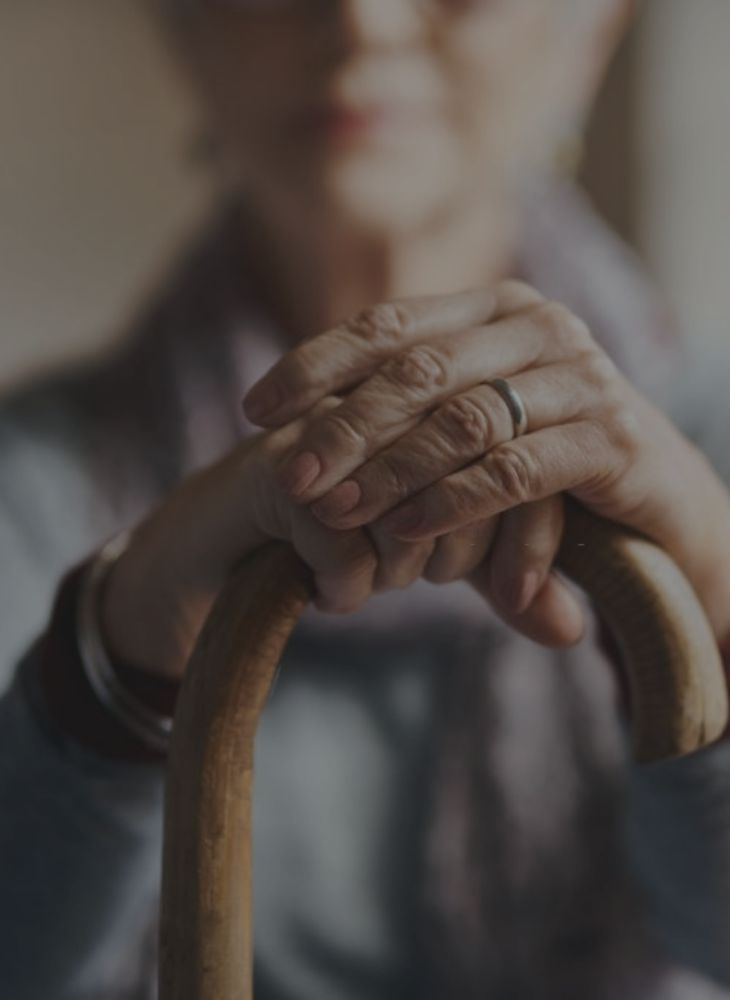
As part of 2021’s Dementia Action Week, Claire O’Meara, National Account Director at FireAngel, shares how technology can help safeguard tenants with dementia.
Dementia affects over 800,000 people in the UK[1], with numbers estimated to reach two million by 2051.[2] Common early symptoms include memory loss, difficulty concentrating, confusion about time and place and finding it hard to carry out familiar daily tasks, increasing the risk of a fire.
The older an individual is, the more likely they are to develop the condition. With more than a quarter of England’s social housing residents aged over 65,[3] a significant proportion of tenants have been, or will be, affected by dementia.
In multiple-occupancy houses, terraced homes, and high-rise buildings, a major fire does not just put the person with dementia at risk but potentially hundreds of lives. Most people want to stay in their homes for as long as possible before moving to residential or specialist care, but that requires a safe environment to live in, with the right support.
To help keep social tenants with dementia safe and protect those who live around them, social housing providers need to ensure their properties provide comprehensive fire safety measures.
Implementing safeguarding measures
Social housing providers must adhere to standard practices such as completing a risk assessment of the property and installing frequently tested smoke alarms and carbon monoxide detectors.
Most social housing buildings with multiple tenants have their own routes and practices for evacuating in the event of a fire, but industry experts are looking closely at individual evacuation plans for vulnerable residents following the tragic events of the Grenfell Tower fire.
The phase one report of the inquiry recommended that “the owner and manager of every residential high-rise [should] be legally required to prepare personal emergency evacuation plans for all residents whose ability to self-evacuate may be compromised”. Additionally, Dame Judith Hackitt’s independent Building a Safer Future report recognised the need for provisions for disabled and other potentially vulnerable people.[4]
With new British Standards Institution guidance expected by the end of the year in response to the Grenfell Tower Inquiry, social housing owners should be ready to give their tenants extra support wherever required.
Whilst evacuation plans are critical in the event of tenants needing to leave the building, there are also new, intelligent ways to help cut fire risk in social housing for tenants, building managers, and landlords.
Using technology to prevent fire risks
Technologies that are already familiar to many elderly tenants, such as panic buttons or fall detectors, can be combined with new sensors that build on traditional fire alarms and carbon monoxide detectors to provide holistic support.
For example, in the event of a cooker fire, a traditional heat alarm would trigger once the fire has ignited and the temperature has already reached a hazardous level. However, installing a Stove Guard would effectively prevent cooker fires by intelligently switching electric cookers off before a fire can start.
With the right solution to combine these sensors and smart devices, social landlords can build a tailored Internet of Things (IoT) network to detect fire, carbon monoxide, and dangerous temperatures. The network can then send rapid, detailed alerts if it registers heat, smoke, or gas – so even if a tenant is unable to call for help themselves, the fire service can be contacted and dispatched at speed.
Identifying vulnerable tenants
FireAngel Connected is a purpose-built cloud solution for fire detection and prevention, with a central dashboard where social housing providers can access device and sensor data. It is connected via cellular signals for higher reliability than Wi-Fi, to ensure tenants are kept safe even if the Internet goes down.
The built-in FireAngel Predict capability can also monitor data over time to highlight trends and inform landlords when they need to check in with their tenants. For example, it can show if a tenant’s alarm is triggered frequently due to electrical appliances overheating, food being left in the oven too long, or other common behaviours consistent with dementia.
By integrating with other telecare systems, solutions like FireAngel Connected can help provide holistic care and support for tenants who need it most.
The technology can also help highlight unidentified vulnerable tenants, including those suffering from another condition that affects their safety. The pandemic has limited interactions with family and care providers, so an individual showing the early signs of an illness can easily slip through the gaps. However, by using technology, social housing providers can help to ensure that everyone gets the help they need, when they need it.
To learn more about Dementia Action Week, visit the Alzheimer’s Society website.
To find out more about FireAngel Connected, explore the solution hub.
[1] https://www.dementiastatistics.org/statistics/numbers-of-people-in-the-uk/
[3] https://www.gov.uk/government/statistics/english-housing-survey-2019-to-2020-headline-report

